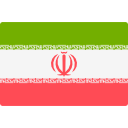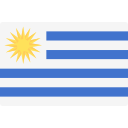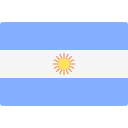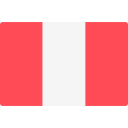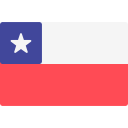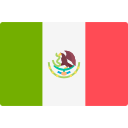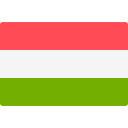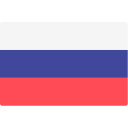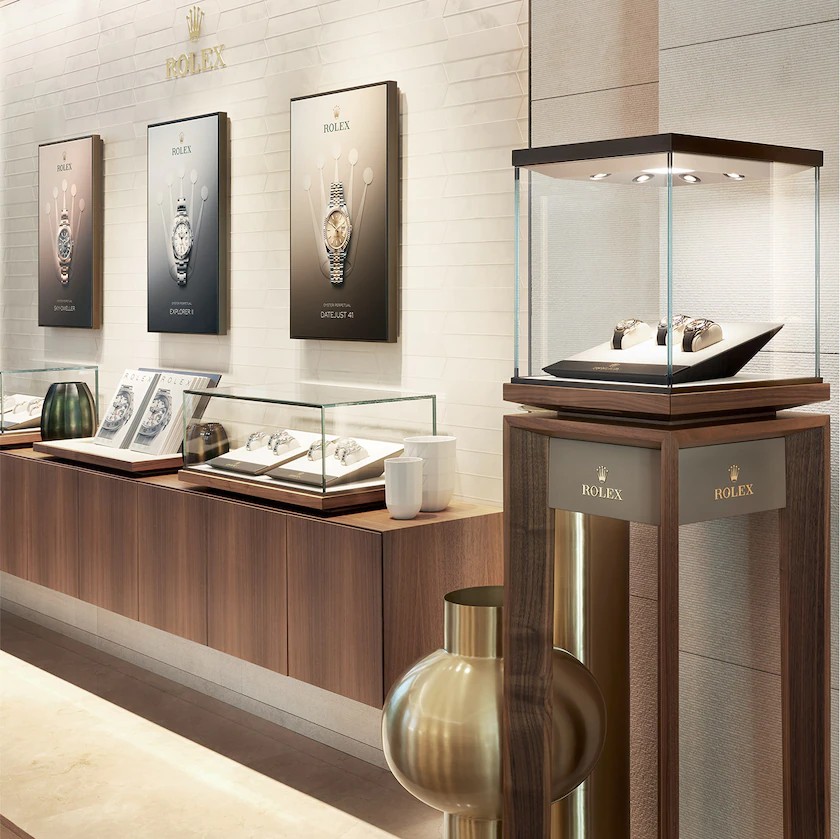Why Are Rolex Prices Increasing So Drastically? The Truth Behind the Hype
Why Is Rolex So Expensive Today? A Deep Dive Into Its Skyrocketing Value
Let’s be honest—Rolex prices today have reached a level that leaves many of us scratching our heads. It’s no longer just a luxury item; it’s become a phenomenon that blends hype, heritage, scarcity, and speculation. In this blog post, we’ll break down why Rolex watches are so expensive in the current market—and answer the burning question: Is the dream of "one Rolex for life" still realistic in 2025?
How Crazy Are Rolex Prices in 2025? Real Examples That Will Shock You
Rolex prices have become downright unbelievable this year. Take the Rolex Daytona “Green Dial” (often called the “Green Gold Daytona”) — a few years ago, it was considered expensive at around $30,000. Now? You’re looking at $60,000 to $70,000 on the secondary market, sometimes even higher.
Or the famous “Panda” Daytona—two years ago, the suggested retail price in the U.S. was around $20,000 for certain gold models, and frankly, many people thought it was pricey but manageable. Today, new models are pushing $25,000 or even $30,000 in some international markets like Japan.
Prices like these are truly staggering, which is why these specific models rarely show up in typical watch reviews or discussions—they’re almost out of reach for most collectors and enthusiasts.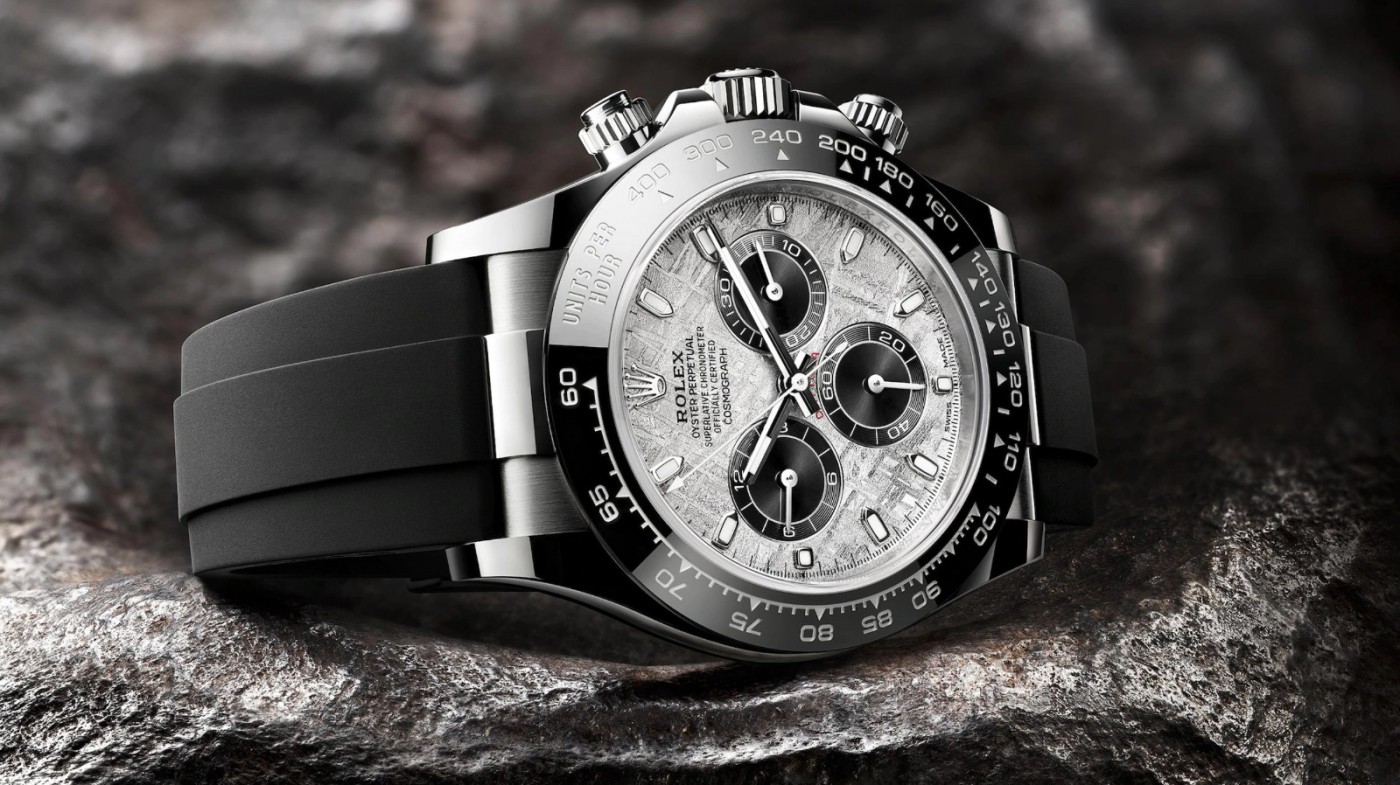
Last year at the watch fair, I fell in love with the Daytona featuring a meteorite dial — but even now, it’s nearly impossible to find one in stock. When dealers do have it, the price is insane: $70,000 to $80,000, and for the gold bracelet version, some are even asking close to $100,000. Who would dare pay three times the retail price for a gold watch?
Another favorite of mine is the Rolex Day-Date 36 with the malachite dial — a hidden gem that’s rarely seen. It reminds me of my turquoise stone, except the dial is malachite. Even now, my sales contacts say they’ve never actually seen one in person. Meanwhile, this model’s market price has surged to around $40,000 to $50,000, which is over $10,000 above the official retail price.

The Rolex Price Surge: Beyond Logic?
Rolex pricing has never been "affordable," but what we’ve witnessed in the past few years goes beyond traditional luxury branding. Many models—especially steel sport watches like the Submariner, Daytona, and GMT-Master II—have more than doubled or even tripled in value. Secondary market prices often exceed retail by 50–100%, sometimes more.
It’s no longer just about craftsmanship. It’s about limited supply, relentless demand, brand mythology, and a new generation of collectors treating watches as assets. Rolex is now sitting somewhere between status symbol and investment vehicle.
Why are Rolex watches so heavily marked up these days? It all comes down to basic supply and demand. Since the pandemic hit, the balance between supply and demand has shifted dramatically—not just for Rolex, but also for luxury items like Hermès bags, which are hugely popular with women.
To give you a more relatable example, we recently covered camping gear, and I thought a small portable stove looked pretty cool. When I asked about the price, I was told the retail was around $200, but good luck finding one at that price—you’d have to pay a premium of $40 to $70 to actually get it.
This phenomenon isn’t limited to watches or fashion—it’s everywhere. If something is attractive, scarce, limited edition, from a reputable brand, or high quality, it instantly becomes a coveted item with a hefty markup. That’s the reality we’re living in right now.
Rolex is actually one of the largest watch manufacturers in the world, producing roughly 800,000 to 1 million watches annually. Due to the pandemic, production likely dropped to around 700,000 to 800,000 units in recent years, though exact numbers are hard to confirm since Rolex doesn’t release official financial reports. To put that in perspective, Omega sells about 600,000 watches a year, and Tudor moves around 200,000 watches annually—and those brands often have plenty of stock available in stores. This really highlights how incredibly high the demand for Rolex watches is.
This booming demand is what drives the intense supply-and-demand imbalance, especially with the growing involvement of the secondary market. Five to eight years ago, secondhand dealers and boutique watch shops weren’t as common. Today, many Rolex owners have accumulated multiple watches and often become resellers themselves. More and more people see watches not only as luxury items but also as investments—buying and selling to make profits. Now, selling watches has become as common as running a side hustle, which begs the question: with everyone flipping watches, where are the actual watches?
Another factor is the practice of bundling or “tie-in sales” at authorized dealers, which has evolved over time. It used to be called “purchase history” — if you bought one or two watches at a store, salespeople would remember you and invite you to buy popular new models. But that method has become less important.
Now it’s more about bundling. For example, slower-selling gold Rolex models are bundled with in-demand steel sports watches to encourage sales of both. Dealers get approval to stock more of the hot models if they can move the less popular ones. Rolex tracks every warranty card activation, so they know exactly how much inventory each dealer has and how quickly watches are selling.
A third trend has emerged recently with large multi-brand watch distributors who control Rolex boutiques as well as stores for other brands. To push sales across their portfolio, they often require customers to buy a mix of watches. For instance, if you want a popular steel Rolex, you might have to purchase $20,000–$30,000 worth of watches from other lesser-known brands before the dealer will sell you the Rolex. This strategy helps these big distributors clear large amounts of slow-moving inventory while selling high-demand Rolex watches.
I think this contributes to a somewhat artificial boom for many Swiss watch brands in the U.S. market. If the Rolex bubble bursts one day, the less popular brands’ prices will likely collapse first, and those watches will be the hardest to sell.
From what I hear from Rolex sales associates, their work is very focused around the few days a month when new watches arrive. They spend those days selling quickly to trusted customers, and the rest of the time, they’re either greeting visitors or browsing their phones behind the counter.
Their customer base mainly falls into three groups:
-
High-volume secondary dealers who purchase large quantities monthly.
-
Loyal clients who have bought many watches and understand the bundling policies well.
-
New buyers willing to meet the bundling requirements to get a hot Rolex.
Only these customers generate the highest sales volume and keep the system running.
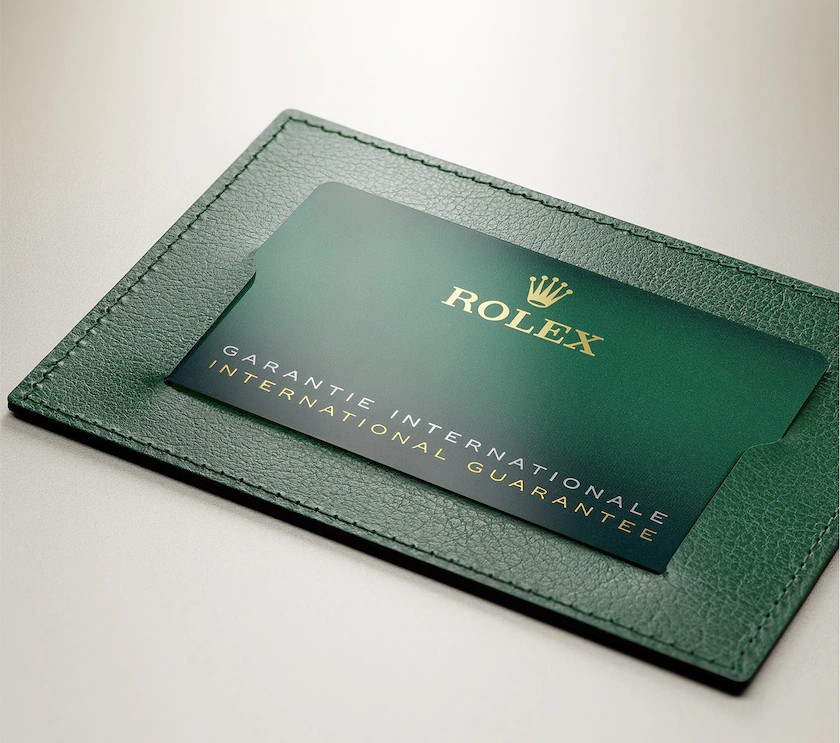
Here’s why so many people love Super Clone Rolex watches:
The extreme price shifts have driven a growing number of enthusiasts toward super clone Rolex models. Today’s high-quality replicas offer astonishing attention to detail and craftsmanship. They’re more than just copies; for many, they’re a smart choice to:
-
Try out a Rolex model before making a big commitment
-
Enjoy the iconic Rolex style without worrying about theft
-
Experience the look and feel of a genuine Rolex without the stress of damage or loss
Super Clone Rolex watches provide a realistic and satisfying alternative, capturing the essence of the original without the outrageous markup.





